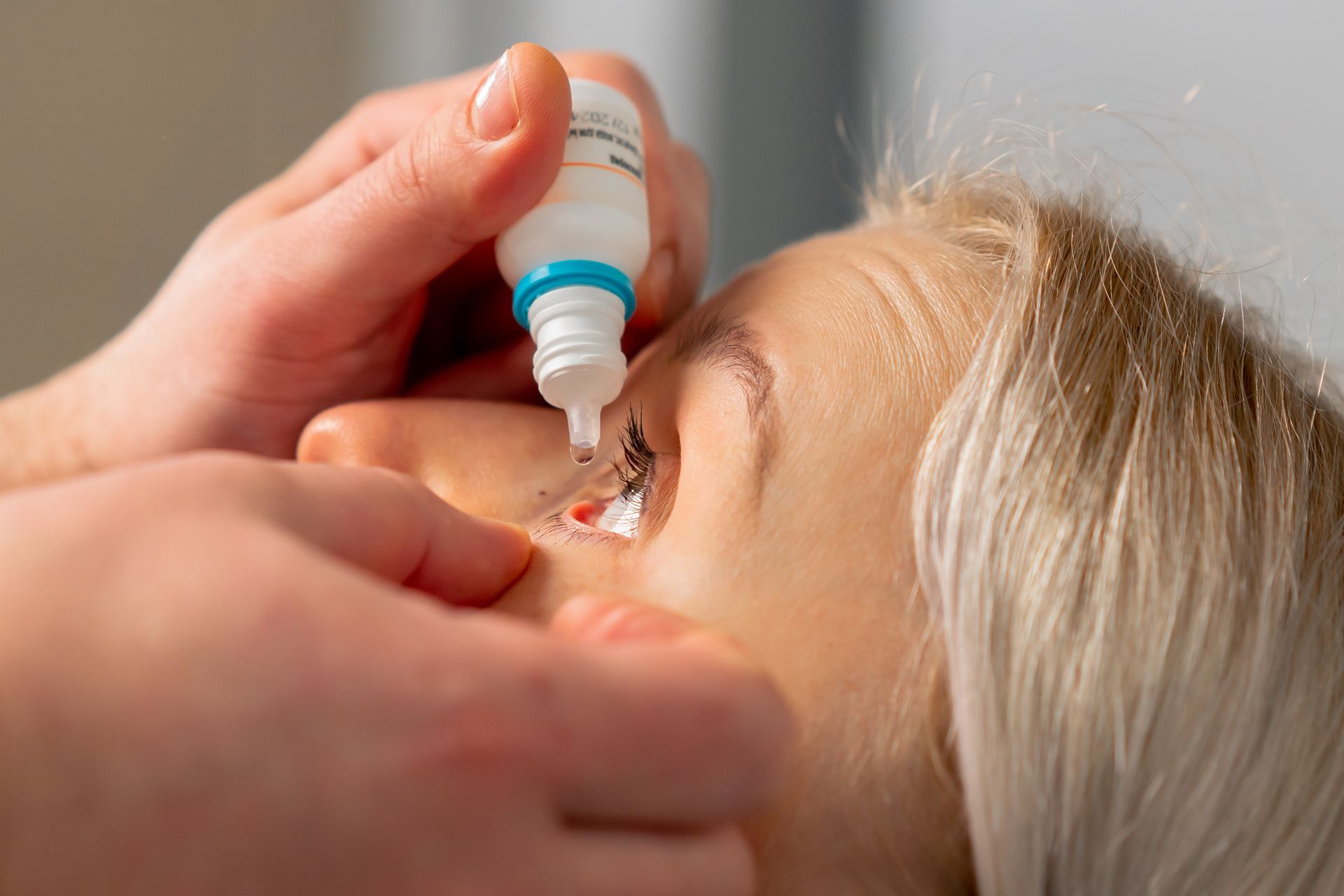What's New with Glaucoma?
What is glaucoma and what's new?
Glaucoma is a disease that damages the optic nerve, often due to elevated intraocular pressure (IOP). It is one of the leading causes of irreversible blindness worldwide, earning the nickname “the silent thief of sight” because it progresses gradually, often without symptoms until significant vision loss has occurred.
The two main types of glaucoma are open-angle glaucoma, which is the most common, and angle-closure glaucoma, which is more acute and can lead to rapid vision loss. Other variants include normal-tension glaucoma, where optic nerve damage occurs despite normal IOP levels, and secondary glaucoma, which results from other conditions like trauma or steroid use.
Am I at risk?
Risk factors for glaucoma include age, family history, high IOP, certain medical conditions like diabetes, and ethnicity (e.g., African, Asian, and Hispanic populations are at higher risk). Regular eye exams are crucial since early detection significantly improves management outcomes.
Traditional Glaucoma Management
Historically, glaucoma treatment has focused on lowering IOP to prevent further optic nerve damage. The primary methods include:
- Medications: Eye drops like prostaglandin analogs, beta-blockers, or carbonic anhydrase inhibitors help lower IOP. However, adherence can be challenging due to the frequency of application and side effects.
- Laser Therapy: Laser trabeculoplasty is a common procedure for open-angle glaucoma, where the drainage angle of the eye is treated to improve fluid outflow, reducing IOP.
- Surgery: Traditional surgical options like trabeculectomy and glaucoma drainage implants are reserved for advanced cases or when other treatments fail.

Eyedrops have traditionally been the first line in glaucoma treatment.
However, we now have some alternatives that may eliminate the need for eyedrops altogether.
Latest Advances in Glaucoma Management
Recent advancements have revolutionized glaucoma care, offering more personalized, less invasive options.
- Minimally Invasive Glaucoma Surgery (MIGS): MIGS procedures, such as the iStent, Hydrus microstent, and Xen gel stent, are designed to reduce IOP with fewer complications than traditional surgeries. These devices improve fluid drainage through the eye’s natural pathways and are especially beneficial for patients with mild-to-moderate glaucoma.
- Laser Procedures: Selective Laser Trabeculoplasty (SLT) is gaining traction as a first-line treatment. SLT uses low-energy lasers to target specific cells in the eye's drainage system, enhancing fluid outflow with minimal tissue damage. It can be repeated if necessary, offering a long-term solution.
- Drug Delivery Innovations: Sustained-release drug implants like the Durysta (bimatoprost implant) are emerging as alternatives to daily eye drops. These biodegradable implants gradually release medication over several months, improving patient adherence.
Future Outlook
The future of glaucoma care is focused on precision medicine and early detection. Ongoing research into neuroprotective therapies and artificial intelligence (AI) for earlier diagnosis holds promise. AI algorithms are being developed to analyze imaging data and detect glaucoma progression earlier than traditional methods.
Regular eyetesting is the best means of prevention! We have some of the most advanced equipment at Monocle Optometry and can often detect glaucoma before it causes a problem.

Newer procedures such as implantable stents and laser treatment offer an alternative to traditional eyedrops in certain patients.



